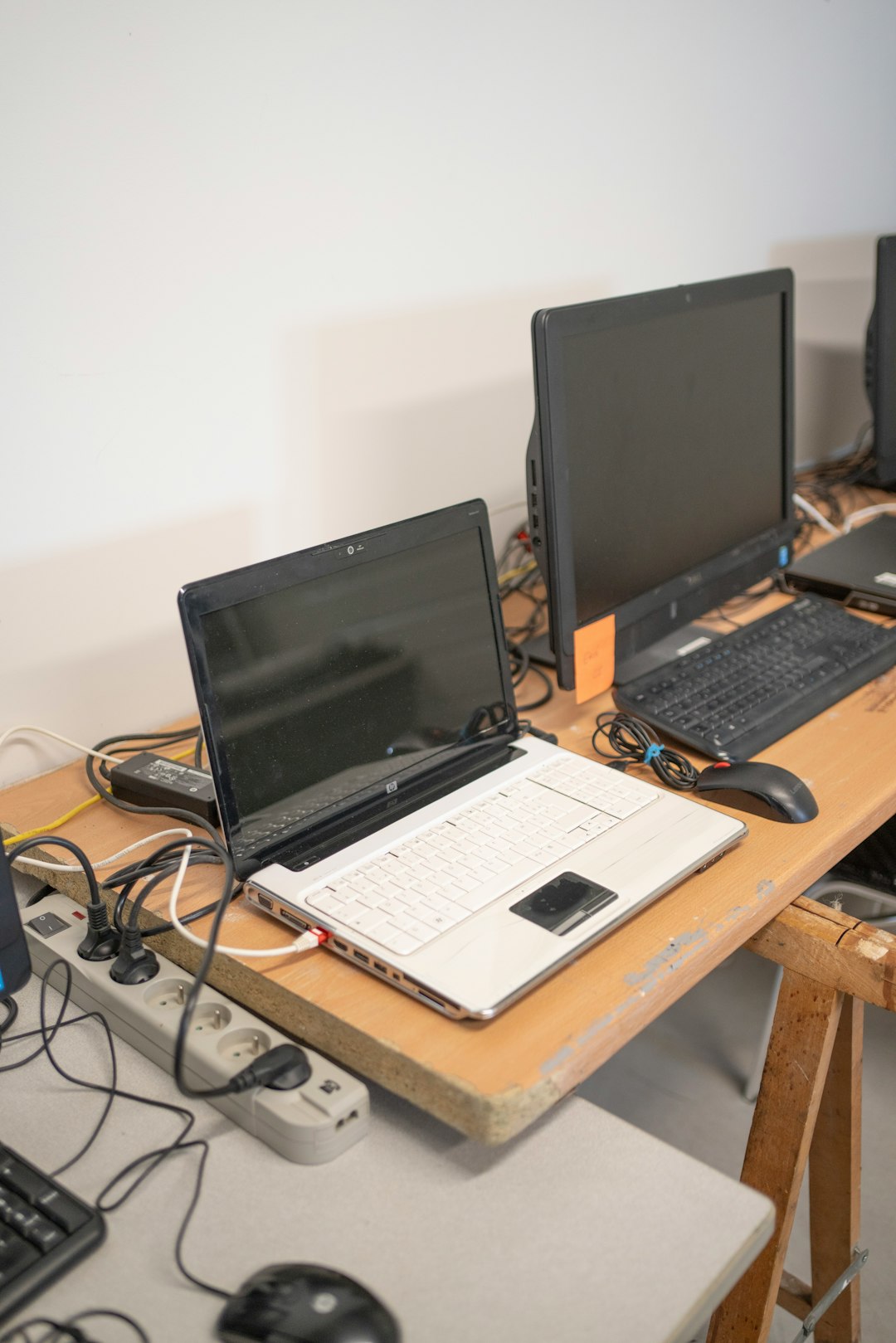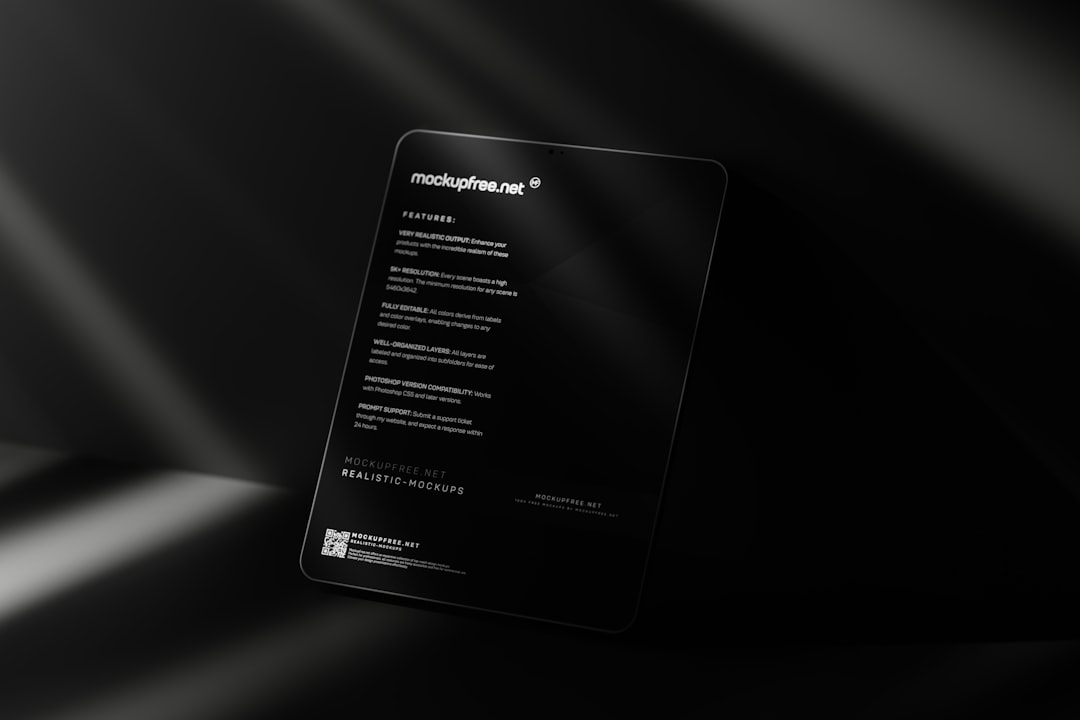For modern Windows 11 users, managing battery health is more than just a convenience—it’s a necessity. Many laptop manufacturers include features that stop the battery from charging beyond a certain percentage, such as 80%, to prolong its lifespan and reduce wear over time. However, enabling and managing these settings may vary depending on the brand and model of the device. This article dives into how users can configure their Windows 11 laptops to stop charging at 80% and why it matters.
Table of Contents
TL;DR
If you want to preserve your laptop battery’s health in Windows 11, you may consider capping its charge at 80%. Some manufacturers like Lenovo, Dell, ASUS, and HP offer built-in software to manage these settings. Windows 11 itself doesn’t provide a system-wide charge limiter, so accessing manufacturer tools is usually necessary. With just a few clicks in the appropriate app or BIOS menu, users can protect their battery from overcharging in the long run.
Why Limit a Laptop’s Battery Charge to 80%?
Charging a lithium-ion battery to 100% and keeping it plugged in for long periods can cause it to degrade faster. This is why many tech-savvy users and laptop manufacturers recommend limiting the charge level to add years to the battery’s lifespan. Staying around 80% optimizes the balance between daily usability and long-term health.
Battery degradation isn’t just about age; it’s also significantly affected by full charge cycles and heat generated during charging. Running a laptop at 80% reduces these factors, especially in workstation environments where devices remain plugged in for long hours.
Built-in Battery Health Features by Manufacturers
Since Windows 11 does not provide a native feature to limit battery charge, users typically rely on manufacturer-provided tools. Here’s how different vendors provide options to stop laptop charging at 80%:
1. Lenovo: Lenovo Vantage
Lenovo laptops come with Lenovo Vantage, a utility that offers power and battery customization:
- Open Lenovo Vantage from the Start Menu or download it from the Microsoft Store.
- Navigate to Device > Power.
- Turn on the setting called Battery Charge Threshold.
- Set the maximum charging limit to 80%.
This feature is widely supported across ThinkPad series and certain IdeaPads.
2. Dell: Dell Power Manager or BIOS Setting
Users with Dell laptops can utilize the Dell Power Manager or adjust settings via BIOS:
- Launch Dell Power Manager.
- Go to Battery Information and select a profile like Primarily AC Use which restricts charging levels to 80%.
- Alternatively, during boot (press F2 or DEL), access BIOS settings to configure a custom charger limit.
This setting is available in Latitude, XPS, and Precision series machines.
3. ASUS: MyASUS App
ASUS integrates a charge limiter within its official MyASUS utility:
- Open the MyASUS app from the Start menu or Microsoft Store.
- Navigate to Customization > Battery Health Charging.
- Select Maximum Lifespan Mode, which limits charging to 60%, or Balanced Mode for up to 80%.
Profiles offer flexibility, depending on whether the laptop is primarily used while plugged in.
4. HP: HP Support Assistant or BIOS
HP users may find an 80% charge cap under HP Support Assistant or within BIOS:
- Open HP Support Assistant.
- Navigate to Battery and Performance.
- Look for Battery Care Function and enable the option to limit charge levels.
- Alternatively, open BIOS (press F10 on startup), locate the Battery Care settings, and enable 80% limit.

Using Third-Party Tools When Manufacturer Utilities Are Not Available
In cases where the manufacturer does not provide charge control, users can explore third-party solutions. However, these may involve deeper system integration and come with risk. One such software is Battery Limiter. While lightweight, it may not work on all machines or retain settings after reboot.
Advanced users may also attempt firmware-level adjustments through third-party scripts, though these approaches are not officially recommended and may void warranties.
Checking Battery Charge Threshold Status
After applying the charge limit, users can verify the status either via battery indicator lights (on some devices) or directly in Windows:
- Click the battery icon in the system tray.
- Once capped, the message may read “Plugged in, not charging” when at 80%.
- Alternatively, use Command Prompt:
powercfg /batteryreport
- Open the generated HTML report for insights into cycle count, max capacity, and charge thresholds.

Limitations and Considerations
While setting a charge limit is beneficial, users should understand its potential drawbacks:
- Reduced Range: Limiting charge means less available runtime when unplugged.
- Temporary Needs: Users going on a trip might need to disable charge limits to utilize full capacity.
- Battery Learning Curve: Some algorithms need time to adapt to new charge behaviors and may misreport capacity initially.
Many utilities allow users to toggle modes based on scenario. For instance, switching between Performance and Balanced settings can lift or re-enable the 80% cap.
Best Practices for Battery Longevity
Capping the battery at 80% is just one practice. Additional tips include:
- Avoid deep discharges below 10%.
- Keep your laptop cool—operate in ventilated spaces and monitor CPU activity.
- Don’t leave the device plugged in for days continuously. Use hibernate or shut down overnight.
- Update firmware and utilities to access the latest battery enhancements.
Conclusion
While Windows 11 doesn’t natively offer battery charge limits, most laptop manufacturers provide robust tools to cap charging at 80%. This setting not only enhances battery health but also reduces energy waste over time. Whether using Lenovo Vantage, Dell Power Manager, or MyASUS, users can easily configure their system for longer battery life. It’s a small action with long-term effects, both financially and environmentally.
FAQ
- Q: Can I set the 80% charge limit without manufacturer software?
A: Not directly in Windows 11. Some third-party apps offer limited options, but built-in manufacturer tools are more reliable and persistent across reboots. - Q: Is it harmful to charge my laptop to 100%?
A: Not immediately, but consistently charging to full can degrade battery health over time. Capping it at 80% reduces long-term wear. - Q: Will the 80% limit affect laptop performance?
A: No, it only impacts battery runtime. When plugged in, performance should be unaffected regardless of charge percentage. - Q: Can I disable the 80% charge limit when I travel?
A: Yes, most utilities allow toggling charge caps as needed. You can set it back to 100% before longer trips where battery life is crucial. - Q: Why does my battery say “Plugged in, not charging”?
A: That message appears when the charge has reached its configured cap (e.g., 80%). It’s an indicator that the limiter is working properly.



